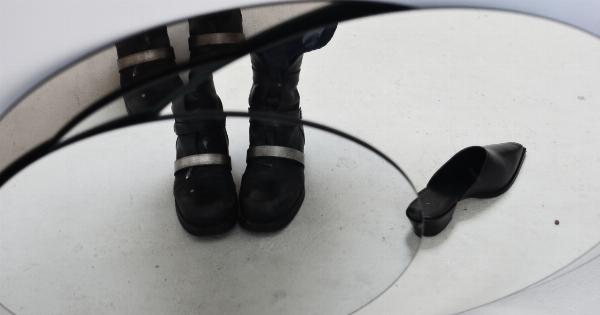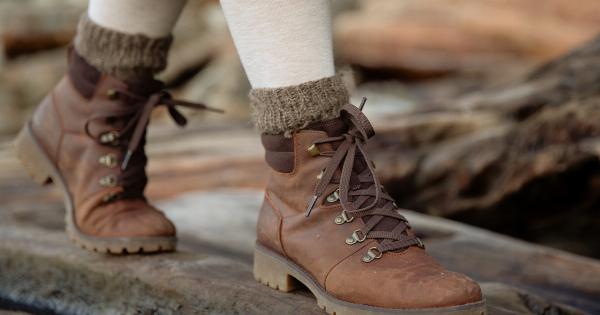When it comes to purchasing sneakers, finding the right fit is crucial for your comfort and overall foot health. Ill-fitting shoes can cause discomfort, blisters, and even lead to more serious foot problems in the long run.
To ensure you find the perfect pair of sneakers, we have compiled a comprehensive guide to help you navigate the process. From determining your foot size to understanding your specific needs, follow these steps to find sneakers that fit like a glove.
1. Measure Your Feet
The first step in finding the right sneakers is to measure your feet accurately. It is essential to measure both your foot length and width to determine the correct shoe size.
Use a measuring tape or ruler to measure the length from your heel to the tip of your longest toe, ideally in the evening when your feet are slightly swollen. Measure the widest part of the ball of each foot to determine your foot width.
2. Take into Account Your Foot Type
Understanding your foot type can help you identify the right sneakers for your needs. There are three common foot types:.
3. Arch Type: Flat, Medium, or High
The arch of your foot plays a crucial role in finding the right sneakers. Determine whether you have a flat arch, medium arch, or high arch.
Flat arches require sneakers with excellent arch support and stability, while medium arches benefit from a balance of support and cushioning. High arches need sneakers with proper shock absorption and flexibility. Knowing your arch type will narrow down your options and ensure a better fit.
4. Determine Your Pronation
Pronation refers to how your foot rolls inward as you walk or run. There are three types of pronation:.
5. Overpronation
Overpronation is when your foot rolls excessively inward, which can cause strain on the ankle and lower leg. People with overpronation need motion control sneakers that offer stability and support to prevent excessive inward rolling.
6. Underpronation (Supination)
Underpronation, also known as supination, is when your foot rolls outward. This type of pronation requires sneakers with extra cushioning and shock absorption to reduce the impact on your feet and joints.
7. Neutral Pronation
Neutral pronation is when your foot rolls slightly inward, maintaining a natural arch. People with neutral pronation have a wide range of sneaker options, but a shoe with good arch support and cushioning is always beneficial.
8. Consider Your Activities
Before purchasing sneakers, consider the activities you plan to engage in while wearing them. Different shoe designs cater to specific activities, such as running, walking, or hiking.
Make sure to choose sneakers that are appropriate for your intended use to avoid discomfort or potential injury.
9. Try on Different Brands and Styles
Not all sneaker brands fit the same way, so it’s essential to try on different brands and styles to find the right fit. Visit a reputable shoe store or browse online retailers that offer free returns and exchanges.
Trying on various sneakers can help you determine which brands and styles provide the most comfort and support for your feet.
10. Leave Some Wiggle Room
When trying on sneakers, ensure that there is enough room for your toes to move freely. Your toes should have about half an inch of wiggle room at the front of the shoe.
This additional space allows for natural toe movement and prevents pressure on the toes, reducing the risk of blisters and discomfort.
Conclusion
By following these steps, you can find the perfect-fitting sneakers that provide the comfort, support, and functionality you need.
Remember to measure your feet accurately, consider your foot type and pronation, factor in your activities, and try on different brands and styles. Prioritizing the right fit will lead to better foot health and an enjoyable sneaker-wearing experience.




























